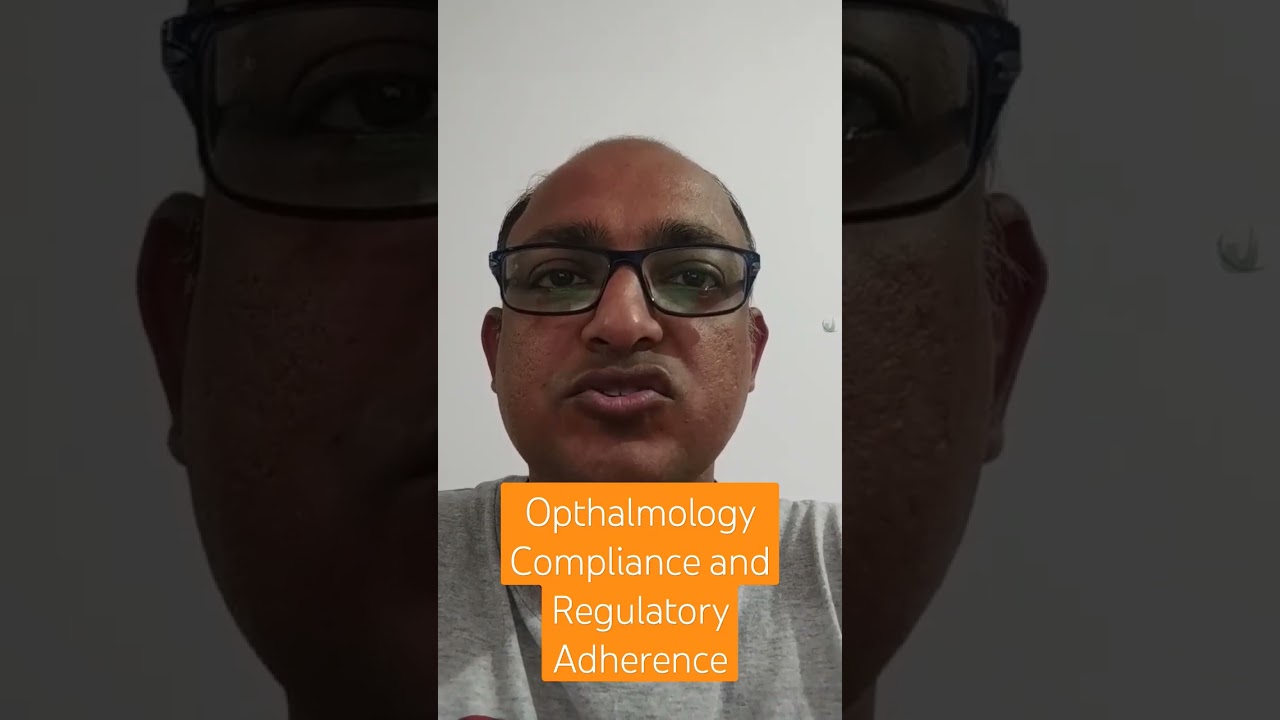Compliance and regulatory adherence are crucial in the field of ophthalmology to ensure patient safety, data security, and the delivery of high-quality eye care services. Ophthalmology clinics and practitioners must adhere to various regulations and standards. Here are some key areas of compliance and regulatory adherence in ophthalmology:
1. NABH / HIPAA Compliance: Ensure strict adherence to the Health Insurance Portability and Accountability Act (HIPAA) regulations to protect patients’ confidential health information. Implement secure electronic health record (EHR) systems and maintain patient privacy.
2. Medical Licensing: Ensure that all ophthalmologists and medical staff have the appropriate medical licenses and certifications to practice in your jurisdiction.
3. Accreditation: Seek accreditation from relevant medical accreditation bodies and organizations, such as the Joint Commission, to demonstrate your commitment to quality and safety in healthcare.
4. Infection Control: Develop and implement infection control protocols to prevent the spread of infections in the clinic, especially in surgery rooms and during eye exams.
5. FDA Regulations: Comply with the U.S. Food and Drug Administration (FDA) regulations when using and prescribing medical devices and medications for eye care.
6. Telemedicine Regulations: If offering teleophthalmology services, adhere to telemedicine regulations specific to your region and maintain patient data security during virtual consultations.
7. Clinical Trials: If participating in clinical trials, follow ethical guidelines and regulatory requirements for the conduct of research involving human subjects.
8. Billing and Coding Compliance: Ensure accurate and ethical billing and coding practices to prevent fraud and abuse, and stay updated with changes in reimbursement regulations.
9. Radiation Safety: If performing radiologic procedures like X-rays or CT scans, comply with radiation safety regulations to protect patients and staff from unnecessary radiation exposure.
10. Medical Waste Disposal: Properly dispose of medical waste, including used needles and contaminated materials, following hazardous waste disposal regulations.
11. Occupational Safety: Implement safety measures and provide training to staff to prevent workplace injuries and accidents.
12. Patient Consent: Obtain informed consent from patients before performing surgical or invasive procedures, and ensure they understand the risks and benefits.
13. Ethical Guidelines: Adhere to ethical guidelines set by professional organizations like the American Academy of Ophthalmology (AAO) to maintain the highest standards of patient care.
14. Clinical Documentation: Maintain accurate and detailed clinical records, including patient histories, exam findings, diagnoses, and treatment plans.
15. Emergency Preparedness: Develop and regularly update emergency preparedness plans to handle unexpected events or natural disasters that may affect patient care.
Staying informed about changes in healthcare regulations and continuously monitoring and improving compliance efforts is essential for ophthalmology clinics and practitioners. Engaging in regular staff training and conducting internal audits can help ensure that all regulatory requirements are met, leading to safer and more efficient eye care services.
source




